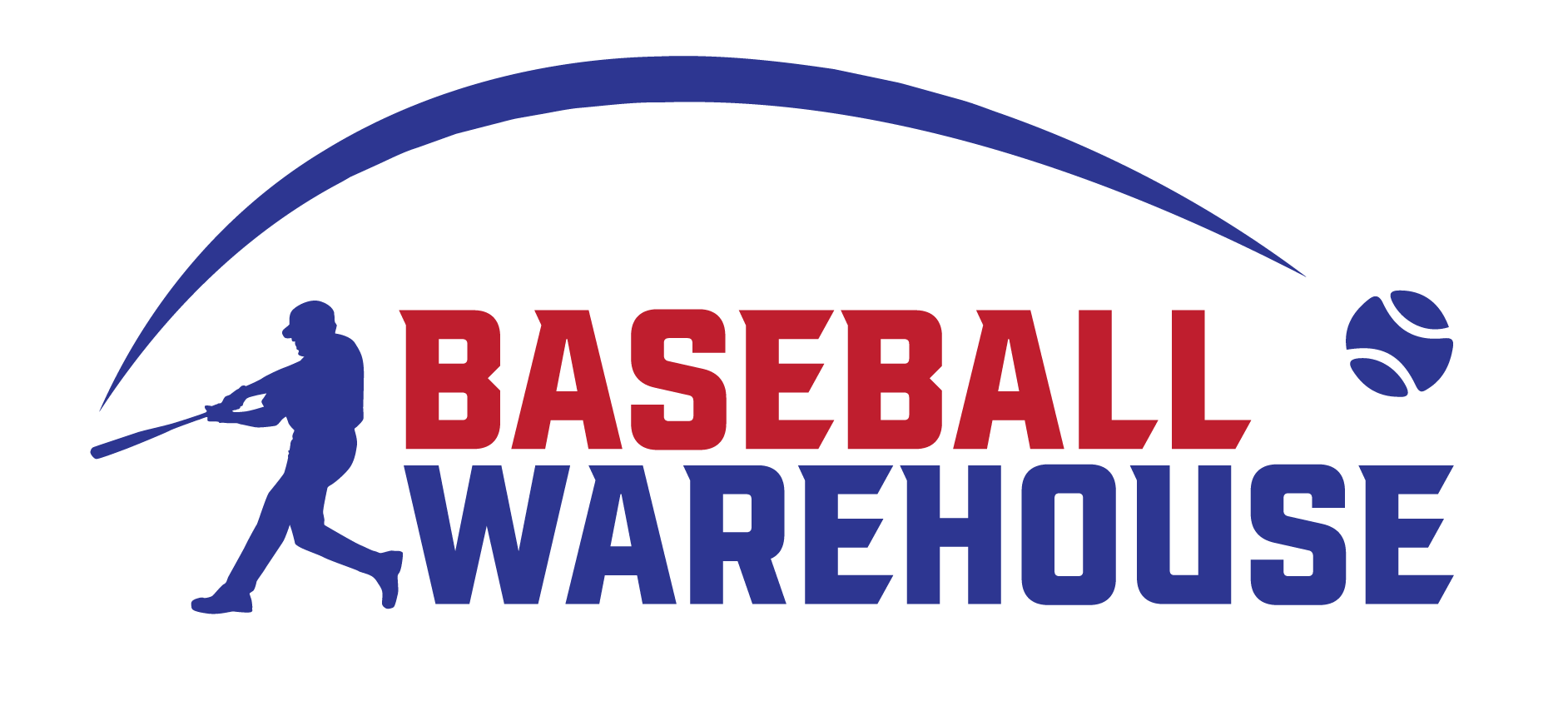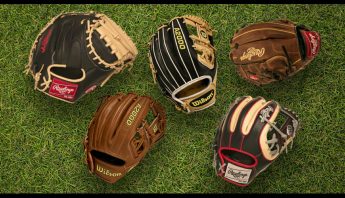Overview
Quick Navigation
Confidence is essential before going onto the baseball field, regardless of the level of competition. With the proper size baseball glove, you will boost your confidence and improve your entire performance. Whether you’re buying a glove for yourself or a young baseball player, understanding the fundamentals of how to purchase a baseball glove is an essential step toward performing your best on the field. We break down everything you need to know to pick a baseball glove because various aspects select which baseball glove is suitable for you or your player.
Before determining which baseball glove size is appropriate for you, it’s essential to know how to measure a glove. Every baseball catcher’s mitts and gloves will be labeled with size, generally in inches. More, so from the index finger’s tip along the palm to the heel of the glove, you can measure to determine the size. Most baseball gloves are no longer than 12.5 inches long. When shopping for a catcher’s mitt, you’ll note that the glove’s size ranges from 32.5 to 34 inches. This is because the circumference of a catcher’s mitt is measured.
Baseball Glove Size & Position
There are various aspects to consider while selecting the correct size baseball glove, including field position, hand size and age.
Depending on your position, you’ll want to search for various qualities in a baseball glove to enable you to play better overall. It’s crucial to keep in mind that if you’re are just starting or a utility player, it’s essential that the feel you get from your baseball glove is that of being very comfortable than it fits all of the specifications listed below. A breakdown of things to look for in a baseball glove based on your position is provided below.
- Infield Gloves: If you play infield, you’ll need a smaller glove with a shallow pocket. Infielders may swiftly move the ball from their glove to their throwing hand as a result of this.
- Outfield Gloves: A more oversized glove with a deep pocket is often required for an outfield position. Outfielders have a more extended reach to collect fly balls, and the deeper pocket gives them more control after the catch.
- First Base Mitts: First base is one of the most challenging positions to play on the field. This is because they spend so much time fielding ground balls or collecting throws. The first base mitt is rather a mix of an infield glove and a catcher’s mitt. The structure of the mitt-style creates a deep pocket for easy scooping up and catching ground balls, while the mitt’s longer length facilitates fielding throws.
- Pitcher’s Gloves: As a pitcher, you’ll wear a glove that’s approximately the same size as an infielder’s, but you’ll want to pay extra attention to the webbing on the glove. A pitcher can cover their grip using a closed web pattern to prevent the hitter from knowing which pitch is going their way.
- Catcher’s Mitts: When it comes to catcher’s mitts, the most critical consideration should be whatever size feels the greatest in your hand. You can catch and transfer the baseball swiftly if you have the correct size catcher’s mitt for your hand.
Baseball Glove Web Types
Aside from size and position, you should also examine the web type of the baseball glove. You’ll want to choose the proper glove web type that suits your tastes and location to increase efficiency in catching and moving the ball. The four most frequent web kinds are summarized here.
- I-Web: Infielders are the most likely to utilize a baseball glove with an I-Web. This webbing is the perfect size for sifting through dirt while scooping up a ground ball.
- Modified Trapeze: Infielders and pitchers employ the modified trapeze webbing, sometimes known as the mod trap. A leather strip runs down the middle of the webbing in a mod trap pattern to give extra stability and mask the pitcher’s grip.
- Two-Piece: Pitchers mainly utilize this form of webbing since it better conceals the pitcher’s grip. Because more excellent coverage implies more weight, older players with better strength will often choose a glove with a two-piece webbing.
- H-Web: The H-Web webbing can be utilized by infielders or outfielders, depending on the size of the glove. This webbing is highly sturdy because of the leather strips forming an “H” design, but it also allows players to see through the webbing to find fly balls.
Conclusion
So, in this post, we went through sizing, fitting, and glove kinds in depth. This instruction should be helpful in all instances, but it should be beneficial for aspiring players unfamiliar with all of the terminology and intricacies. We hope that this post has assisted you in measuring your glove and hand so that you may pick the best baseball glove for your position that fits well.
For more on baseball, read.
Who Holds The Record For Most Consecutive Games Played In Major League Baseball History?‘

